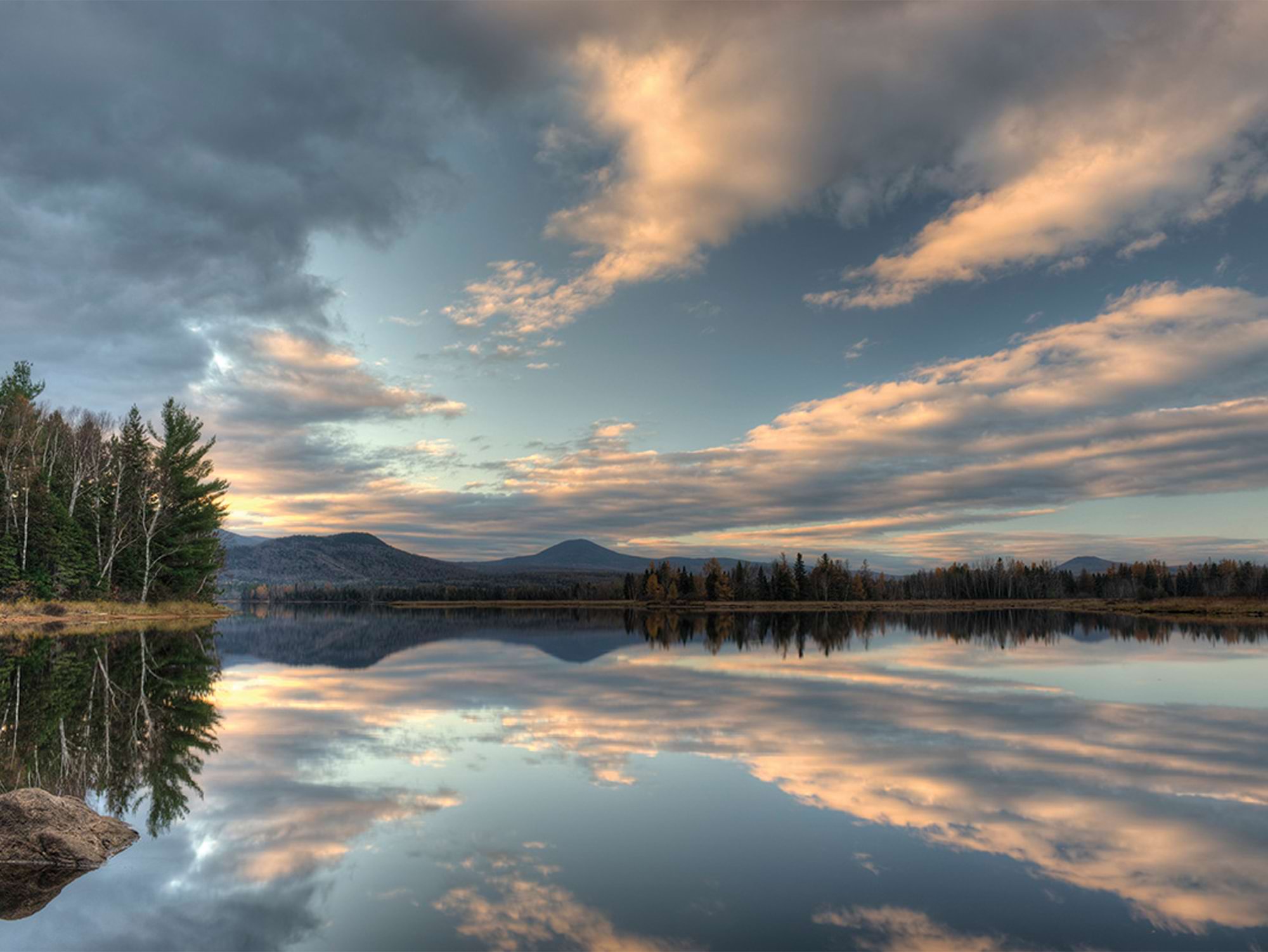THERE IS AN ACUTE SENSE OF WITHDRAWAL that intensifies in the days, weeks, and months after finishing a thru-hike. Some call it post-hike blues. Others experience it as low-grade depression. For me, it started with numbness. I was unable to accept that an experience, which fundamentally transformed my life, was over. The transformation I went through during my thru-hike on the Appalachian Trail in 2015 was so intense that it compelled me to toggle between two, discrete lives. There was life on the Trail: wholly connected to nature and to a simple, restorative experience. And there was life off Trail: completely divorced from these things.
I found myself comparing the experiences provided by these discrete lives. On the A.T., I woke up to the sound of whip-poor-wills or a fellow hiker shaking the dew off their tent. In Cambridge, Massachusetts, where I live now, I wake up to the lazy groan of a garbage truck barreling down the street at six in the morning, ambling out of bed just as the coffeemaker burps out the final drops of Ethiopian blend. On the Trail, I distilled my life to the basics: nourishment, hydration, navigation, and destination. Off the A.T., I am enmeshed in a complexity that forces me to organize my life through apps and meeting requests.

There was a clear distinction in value between these two lives: the sense of raw, physical reality the Trail offered and the dissociative “busy-ness” of life off Trail. It was in this distinction that I learned the Trail is a tricky thing to love. Like biting an Edenic apple, one taste and everything else is suddenly cast under a pall. Worse still, the Trail experience is — for nearly everyone — temporary, and there is a special kind of angst that arises from loving something from afar.
One sign of loving something is the sense of withdrawal when it is taken away. And, yet, it’s possible to continue loving something even as this sense of withdrawal grows. So, how does my love for the Trail endure — long after my A.T. experience is over?
One of the residual benefits of my A.T. experience is that it widened the aperture through which I see the world. The “ah-ha” moment occurred on top of Avery Peak in July 2015 when, in the earliest hours of the morning, a world previously hidden to me was suddenly revealed. The sunrise cast hues of amber, yellow, silver, and indigo over the expanse of Flagstaff Lake. The northern woods seemed denser and more verdant than ever. And, the cold, lung-charring air whipping over the summit made me draw inward, seeking a warmth within myself that could only be supplanted by the steaming coffee in my camp mug. Would the people who followed in my footsteps see what I saw at that moment? Would the magic of this moment strike them in a similar way?
These questions compelled me to think beyond the recreational experience and focus on care. Because, for many and certainly for me, care is an essential love language. I found myself connecting to other caretakers, notably my local Trail maintaining club and the Appalachian Trail Conservancy (ATC), first as a volunteer and then as an ATC staff member. The work I do, each day, is an expression of my love for the Trail, and it ensures that the Trail lives on for others to love. I find myself encouraging others to do the same — to think beyond the hiking experience and find another way to love the A.T. through stewardship, through financial support, and through community connection. It’s the only way the A.T. will exist in the future and continue to be there for others to love in their own way.
Shalin Desai is the outgoing Vice President of Advancement for the Appalachian Trail Conservancy. He thru-hiked the Appalachian Trail in 2015 and subsequently thru-hiked the Pacific Crest Trail in 2016 and the Continental Divide Trail in 2017.
–